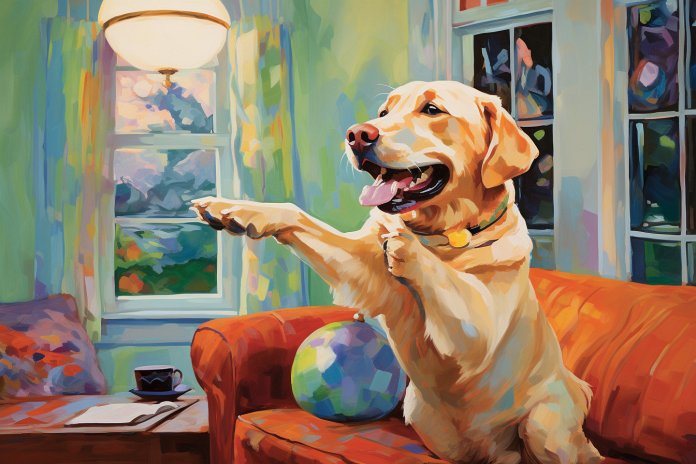
When watching dogs play, it may seem like they don’t even feel force. They knock each other to the ground and bash faces without being phased. However, when dogs experience tragic events like getting hit by a car or being abused, it becomes clear that they do feel force. Dogs may just be tougher than humans in some cases.
Signs Dogs can Feel Force:
Training a new puppy can be challenging, and sometimes force is used to try to get them to listen. However, this can have negative effects on the dog. Signs that a dog has felt force include growling, staring, cowering, howling, snapping, biting, and showing exposed teeth. Other signs can include a lack of trust, fear aggression, fearful behavior, losing interest in play, and getting upset with harsh voices.
The History of Dogs Feeling Force:
Dog training has evolved over time. In the past, training methods were harsh and focused on dominance. Dogs were punished physically, which often led to fear aggression. However, more modern methods focus on positive reinforcement and understanding the dog’s emotions and needs.
The Science of Dogs Feeling Force:
Scientific studies have shown that dogs have a strong bond with humans and can recognize their guardians’ faces. They problem solve in a similar way to humans but may not have the same complexity of emotions. It is important to listen to scientific research when training dogs and to treat them with respect.
Training a Dog to Avoid Trauma:
When training a dog, gentle persuasion is key to forming a bond and avoiding trauma. Positive reinforcement, such as treats, is effective in teaching dogs good behavior. It may take more patience to train older dogs or rescue dogs who may have experienced force in the past. Socialization and reassurance are important for helping dogs overcome their fears.
How to Keep Your Dog Safe from Force:
To keep your dog safe from force, always train them in a controlled manner. Keep them secure when outside and monitor play sessions to prevent rough play. Teach all family members to treat the dog with respect.
“Always keep training controlled and respectful, and opt for positive reinforcing methods whenever possible.”

Tips & Things to Know
1️⃣ Dogs can feel force, so it’s important to train them using gentle and positive reinforcement methods. Avoid using physical punishment or forceful training techniques.
2️⃣ Look for signs that your dog may have felt impact or force, such as growling, staring, cowering, snapping, or biting. If you notice any of these signs, it’s important to address the underlying issue and provide a safe and positive environment for your dog.
3️⃣ When training a dog that may have experienced force in the past, be patient and use gentle persuasion. Positive reinforcement, such as treats, can be effective in teaching new behaviors and building trust with your dog.
Frequently Asked Questions, Answered ✅
1. Do dogs feel force?
– Yes, dogs do feel force. They may be tougher than humans in some cases.
2. What are some signs that a dog has felt impact or force?
– Growling, staring, cowering, howling, snapping, biting, exposed teeth.
3. How has dog training evolved over time?
– Early training regimes used force and punishment, but modern training methods focus on positive reinforcement and respect.
4. What does science tell us about dogs’ emotions and thinking?
– Dogs have shown in studies that they feel a depth of emotion and problem solve in a similar way to humans. However, more complex feelings like guilt, pride, and shame are still debated.
5. How can we train a dog to avoid trauma?
– Gentle persuasion and positive reinforcement are key. Older dogs may require more patience, and shelter dogs may need socialization and reassurance.